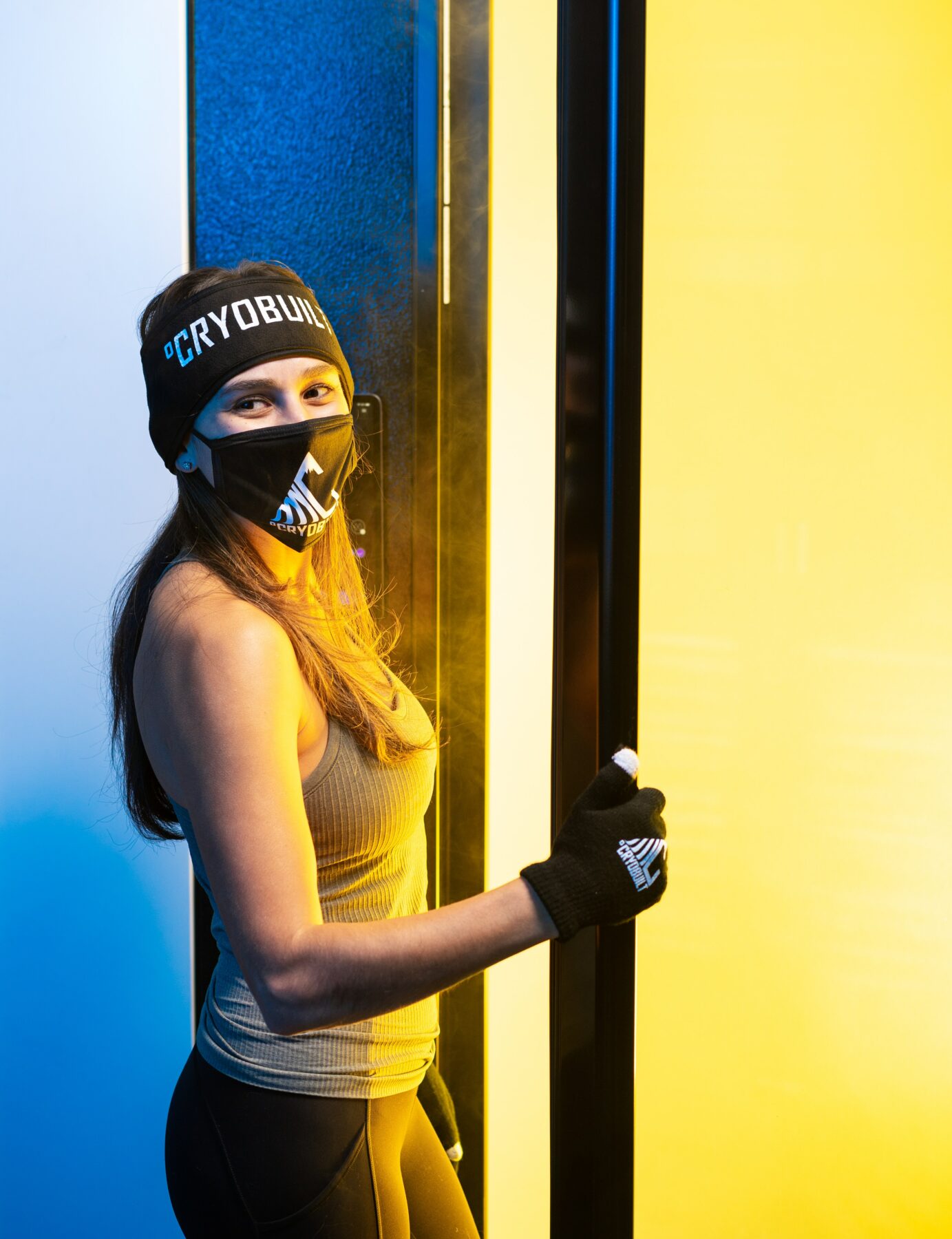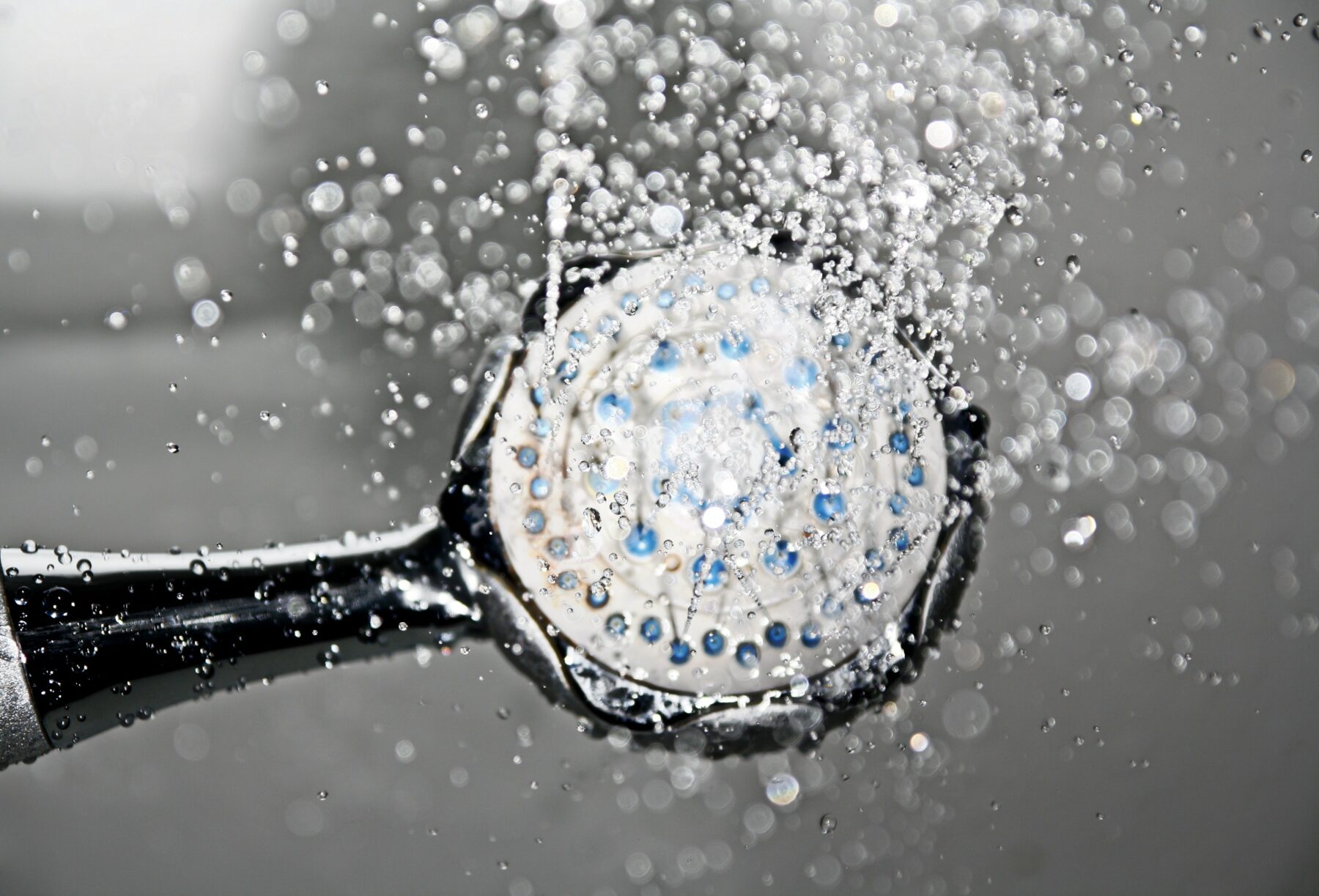5 Cold Water Therapies to Try This Summer

Scorching temperatures, excitement in the air and people staying out later — this is summertime. As you enjoy outdoor activities again, you may notice a bit more fatigue. Blistering heat, along with hours of pickup baseball and laps in the lake, all necessitate recovery, and what better time to consider trying cold water therapy than the summer?
More than just a TikTok trend of celebrities jumping into bitterly cold ice baths, cold water therapy has been practiced for centuries to promote well-being, with origins dating back to ancient Greece. Cold water therapy is the act of submerging the body into biting cold water to promote healing benefits such as reduction of perceived fatigue, decreased inflammation and enhanced blood circulation. It also has advantages for athletic recovery in hot weather, including improvements in repeated exercise performance. Research on the psychological effects of cold water therapy shows promising results in the reduction of tension, fatigue and memory while increasing energy.
When considering where to start, there are several methods of cold therapy to try, each depending on budget, time, desired benefits and, of course, temperature tolerance (don’t worry, you can build yours!). Given the hot climate in the summer, acclimating to cold water exposure is arguably the most effortless and refreshing.
Here are this season’s most popular choices:
1. Cold Water Immersion: Ice baths
Cold water immersion is perhaps one of the most popularized forms of cold temperature therapy and consists of fully immersing the body in 51.8 to 59 degrees Fahrenheit temperature water. This method is in demand because of its wide accessibility, including using an at-home DIY ice bath. The recommended time to be submerged in the water for optimal results is 11 to 15 minutes, and you can immerse a specific affected area or the entire body. Research shows that cold water immersion is most effective at reducing the adverse effects of fatigue on neuromuscular function within 24 hours following sports performance.
2. Cryotherapy
Cryotherapy involves standing in a chamber or “cryosauna” situated at the freezing temperature of minus 100 degrees Celsius for short bursts of 3 to 5 minutes. Typically, the treatment targets the entire body. However, it’s possible to target a specific injury or sore point. Whole-body cryotherapy occurs at dedicated cryo studios, and research shows it may have a favorable effect on inflammation, antioxidant capacity and the autonomic nervous system during sports recovery. Proponents of the therapy note that it improves their perception of recovery and soreness after exercise. Though much of the evidence surrounding the use of whole-body cryotherapy is anecdotal, research on its effects on chronic pain, muscle recovery and skin conditions is ongoing.
3. Cold Showers

Taking a cold shower is a useful approach to building a tolerance to cold water immersion. There’s much anecdotal evidence and emerging research supporting using repeated cold showers as a potential way to mitigate depression. This is thought to be possible by producing a flood of electrical impulses from peripheral nerve endings to the brain, perhaps having an anti-depressive impact. One way people use cold showers to improve mental well-being is by showering in 68 degrees Fahrenheit water for 2 to 3 minutes (following a 5-minute progressive adaptation to cold water, making the treatment less alarming) once or twice daily. However, more investigation into the full benefits of cold showering is necessary.
4. Contrast Therapy
Similar to cold water immersion, another favorite athletic recovery method is contrast therapy, which involves alternating between immersion in cold and hot water. These therapy methods are highly varied, and there’s yet to be a consensus on the optimal temperature and time for maximal recovery. However, most study interventions are conducted at alternating temperatures between less than or equal to 59 and 95 degrees Fahrenheit for several rounds (typically 3 to 7) for anywhere from 10 to 96 minutes. This method is effective for elite athletic populations and is purportedly superior to passive recovery (rest without activity).
5. Wim Hof Method
Growing in popularity for cold water therapy is the Wim Hof Method, which consists of a 3-pillared application. The first focuses on breath work, the second is cold water exposure and, lastly, the commitment to focus on mastering yourself as a person. There’s international interest in the Wim Hof Method but, as of now, little scientific research supports this therapy as effective. Current research has been conducted on the method’s creator Wim, himself, which has shown promise in greater control over the sympathetic nervous system and immune response as well as activation of areas in the brain associated with pain suppression. However, more thorough research is needed to substantiate these claims.






